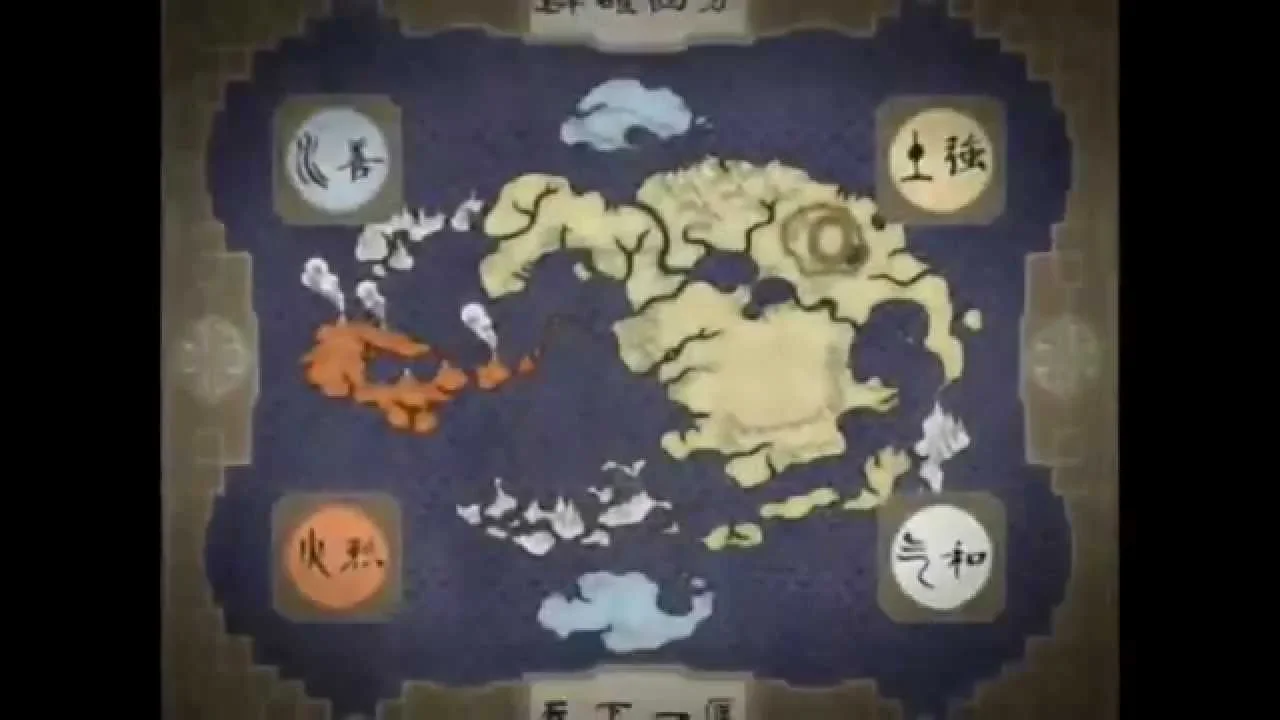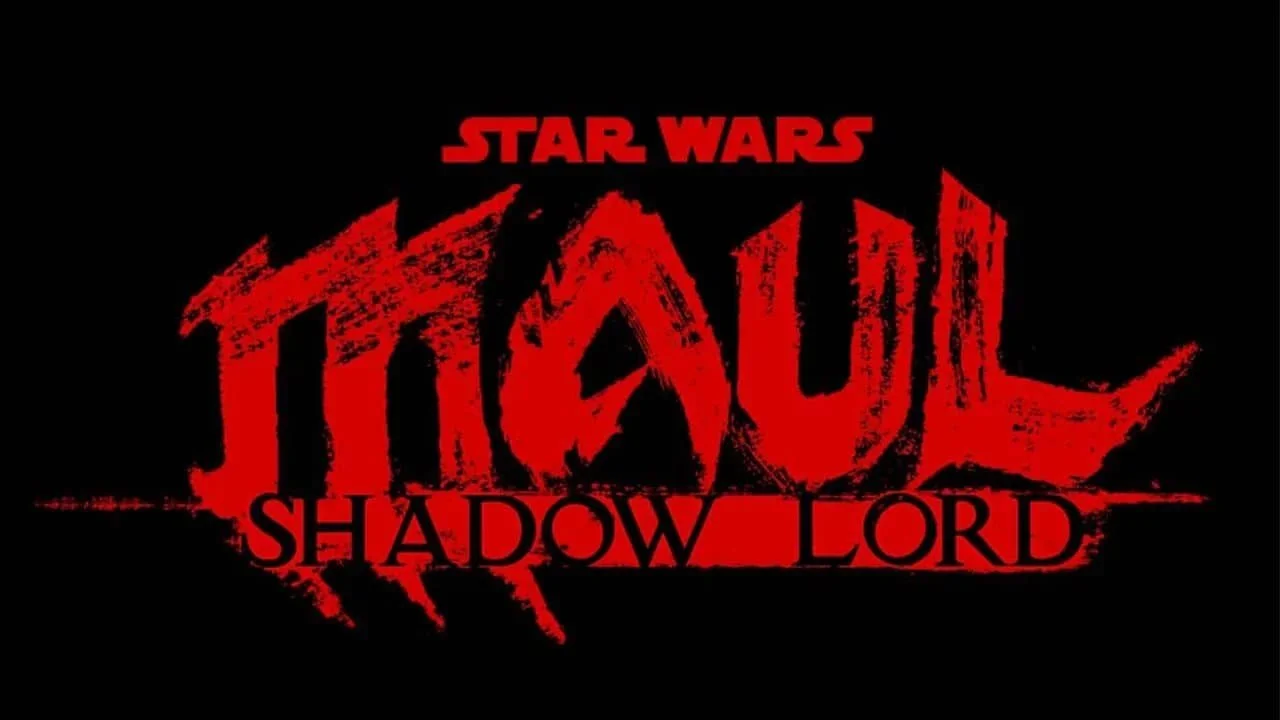What Is Cortosis Ore?
Image Source: CultureSlate
The Acolyte was the first appearance in live action of cortosis ore, introduced as Qimir’s unusual helmet. Its ability to short out lightsabers has been around in the Star Wars universe for some time. Cortosis ore first arrived in the 1998 Michael A Stackpole novel, I Jedi, however, it didn’t officially come back to the canon until the 2014 Star Wars Rebels prequel novel A New Dawn. It has made frequent cameos in the Expanded Universe and canon, and there have not been many changes to how the material functions between the two.
Cortosis is a brittle, structurally weak metal. In Timothy Zahn’s Star Wars: Vision of the Future, Luke Skywalker, and Mara Jade escaped Thrawn’s cortosis-lined fortress by flooding it with water and exploding a cloning chamber to create a fierce current. Mara describes the metal as ‘flaking off under our boots’. To make it strong enough for protective armor like Qimir’s helmet, it needs to be put into a weave or a matrix with other metals.
RELATED:
Cortosis has a very high energy absorption rate. It’s extremely conductive with high transmission coefficients. This not only shorts out lightsabers temporarily, but also absorbs blaster bolts. But cortosis is not stable over the long term. In Thrawn: Alliances, Thrawn says that frequent exposure to energy blasts or a concentrated beam could cause the metal to overload and shatter. That’s probably why we saw Qimir re-enforcing his helmet just after the battle.
Uses
There are many examples of weapons and armor in the franchise. Bounty Hunter, Cad Bane used a slugthrower that fired pellets of cortosis, Quinlan Vos wore a Cortosis gauntlet during the Clone Wars, and blades such as the cortosis-laced sword in the Doctor Aphra comics (Issue 30, 2022) appear frequently. Droids with reinforced anti-Jedi armor such as those at the end of Star Wars: Vision of the Future also are popular ways of using the metal.
Image Source: Screenrant
Where Is It Mined?
Despite how often it crops up in the Expanded Universe novels and comics, it’s supposed to be very rare and difficult to mine due to its high density.
In canon, the rare mineral so far, only has two named sources, Dinzo (The Wrong Crowd – Star Wars: Rebels Magazine) and Mokivj. Mokivj is one of the locations in the Thrawn: Alliances novel by Timothy Zahn. In this book, Anakin Skywalker and Thrawn join forces to destroy the mine to prevent it from falling into the hands of the Separatists and turning the tide of the Clone Wars.
In the Expanded Universe, there are a few places it’s been found, Duro, Katanos VII, Bal'demnic, and of course Apatros. Apatros is the homeworld of Darth Bane, the Sith Lord who created the ‘rule of two’. The Acolyte’s Qirmir also appears to live in a cortosis ore mine, it’s not yet been revealed if Leslye Headland has created a new planet for the show (correct at the time of publishing) or if this is related to one of the existing sources of ore that have already been mentioned. Headland is a known fan of the Expanded Universe so the link to Apatros and Darth Bane: Path of Destruction is likely. However, Dinzo is pictured as having tall spires of rock, just like in The Acolyte. Nirauan is another planet mentioned in the Expanded Universe as having a cortosis vein, (Star Wars: Vision of the Future), and the terrain is stated as rocky with lakes, so this could also be an option.
Cortosis ore was a popular Expanded Universe plot device against the all-powerful force user, along with the Ysalamiri, (lizards that repelled the force which were made canon in Star Wars Rebels Season 3) that first appeared in Heir to the Empire. It will be interesting to see if both become more frequently used in live-action now the franchise seems to be focusing on force user stories rather than the clones.
READ NEXT:
Source(s): Star Wars News.net, Wookieepedia, YouTube















